Nurturing Clear Vision: A Guide for Concerned Parents on Managing Myopia in Kids

In today's digital age, the prevalence of myopia, commonly known as nearsightedness, among children is on the rise. As parents, it's natural to be concerned about your child's eye health and vision. This blog post aims to provide you with a comprehensive understanding of myopia, its causes, and practical solutions to manage and prevent its progression in your children.

Understanding Myopia
Myopia is a condition in which distant objects appear blurry, while close-up objects can be seen clearly. It typically emerges during childhood and adolescence when the eyeball grows too long, causing light to focus in front of the retina instead of directly on it. Genetics, prolonged near-work activities (like reading, screen time, and studying), and lack of outdoor time have all been associated with the development of myopia.
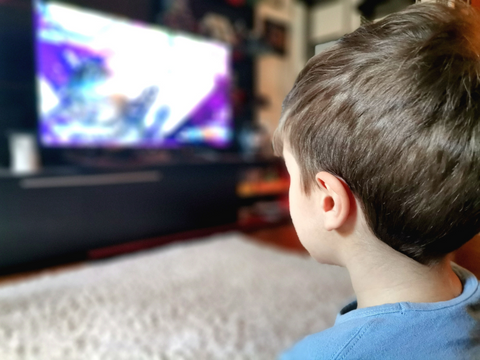
Identifying the Signs
Being vigilant about your child's vision health is crucial. Look out for these signs that might indicate myopia:
- Frequent squinting or rubbing of the eyes.
- Sitting too close to the TV or holding books too close.
- Complaining of headaches or eye strain.
- Difficulty seeing distant objects like street signs or the board at school.

Solutions and Strategies
As parents, there are several proactive steps you can take to address myopia in your children and potentially slow down its progression:
- Regular Eye Exams: Schedule comprehensive eye exams for your child, even if they don't exhibit any signs of vision problems. Early detection is key to effective management.
- Outdoor Time: Encourage your child to spend more time outdoors. Natural light and looking at distant objects help to stimulate healthy eye development.
- 20-20-20 Rule: Teach your child the 20-20-20 rule for screen time. Every 20 minutes, take a 20-second break, and look at something 20 feet away. This reduces eye strain associated with prolonged near work.
- Proper Lighting: Ensure proper lighting when your child is reading or studying. A well-lit environment reduces strain on the eyes.
- Healthy Screen Habits: Limit screen time and encourage recreational activities that involve distance vision.
- Diet Rich in Eye-friendly Nutrients: Incorporate foods rich in vitamin A, C, E, and omega-3 fatty acids into your child's diet. Carrots, spinach, citrus fruits, and fatty fish are excellent choices.
- Corrective Lenses or Contacts: If your child is diagnosed with myopia, corrective lenses or contact lenses can provide clear vision and prevent squinting.
- Orthokeratology (Ortho-K): This involves using specially designed contact lenses overnight to reshape the cornea temporarily. It can reduce the need for daytime corrective eyewear.
- Low-dose Atropine Eye Drops: Under the guidance of an eye care professional, low-dose atropine eye drops can help slow down myopia progression.
- Multifocal Eyeglasses: These lenses can correct both distance and near vision, reducing the strain on the eyes during close-up activities.
As parents, nurturing your child's eye health and addressing myopia requires a combination of awareness, lifestyle adjustments, and professional guidance. By instilling healthy habits and being proactive about their eye care, you can play a pivotal role in safeguarding your child's vision for the future. Remember, each child's needs are unique, so consulting an eye care professional is the first step toward ensuring the best vision outcomes for your precious ones.











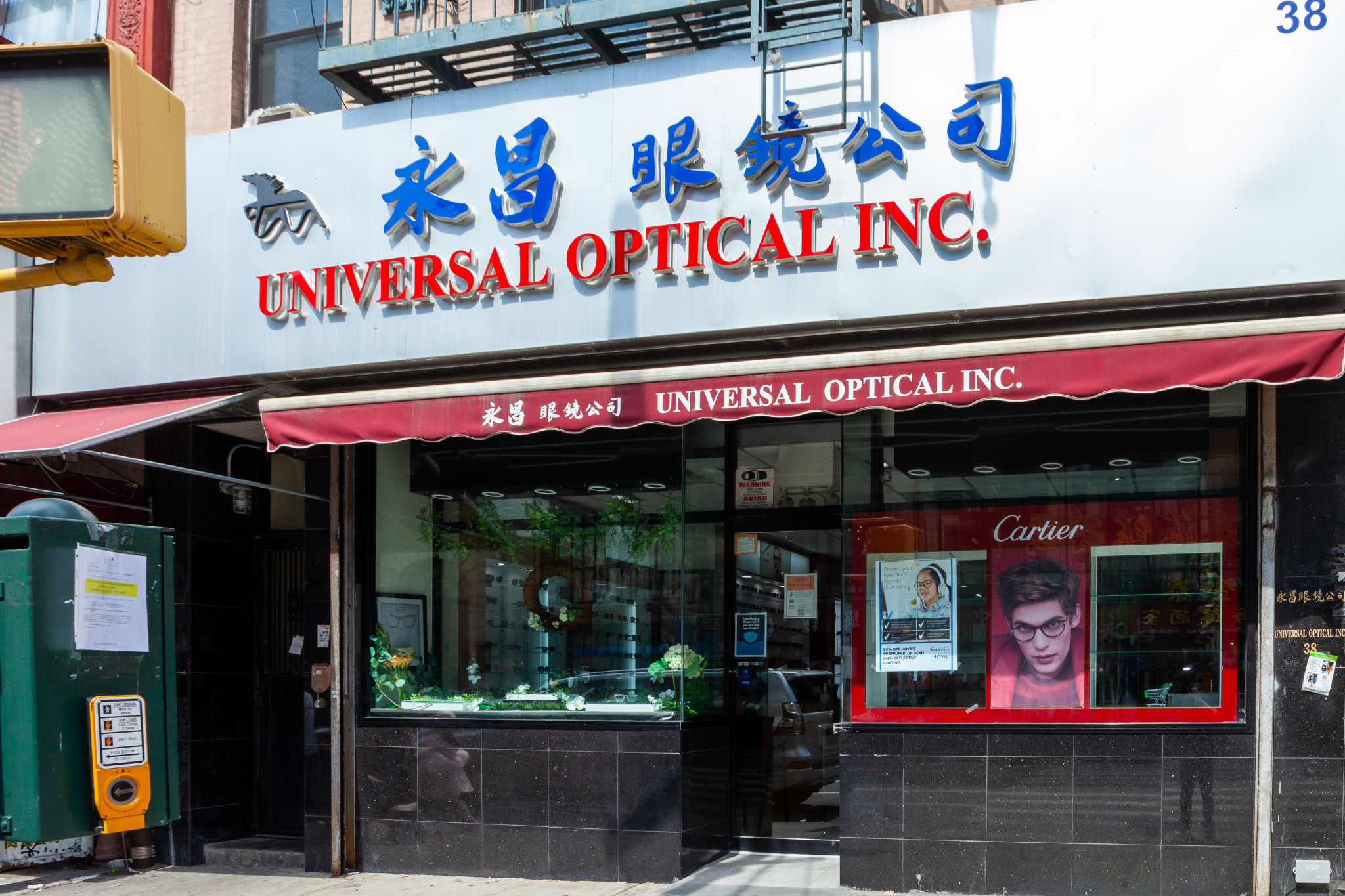
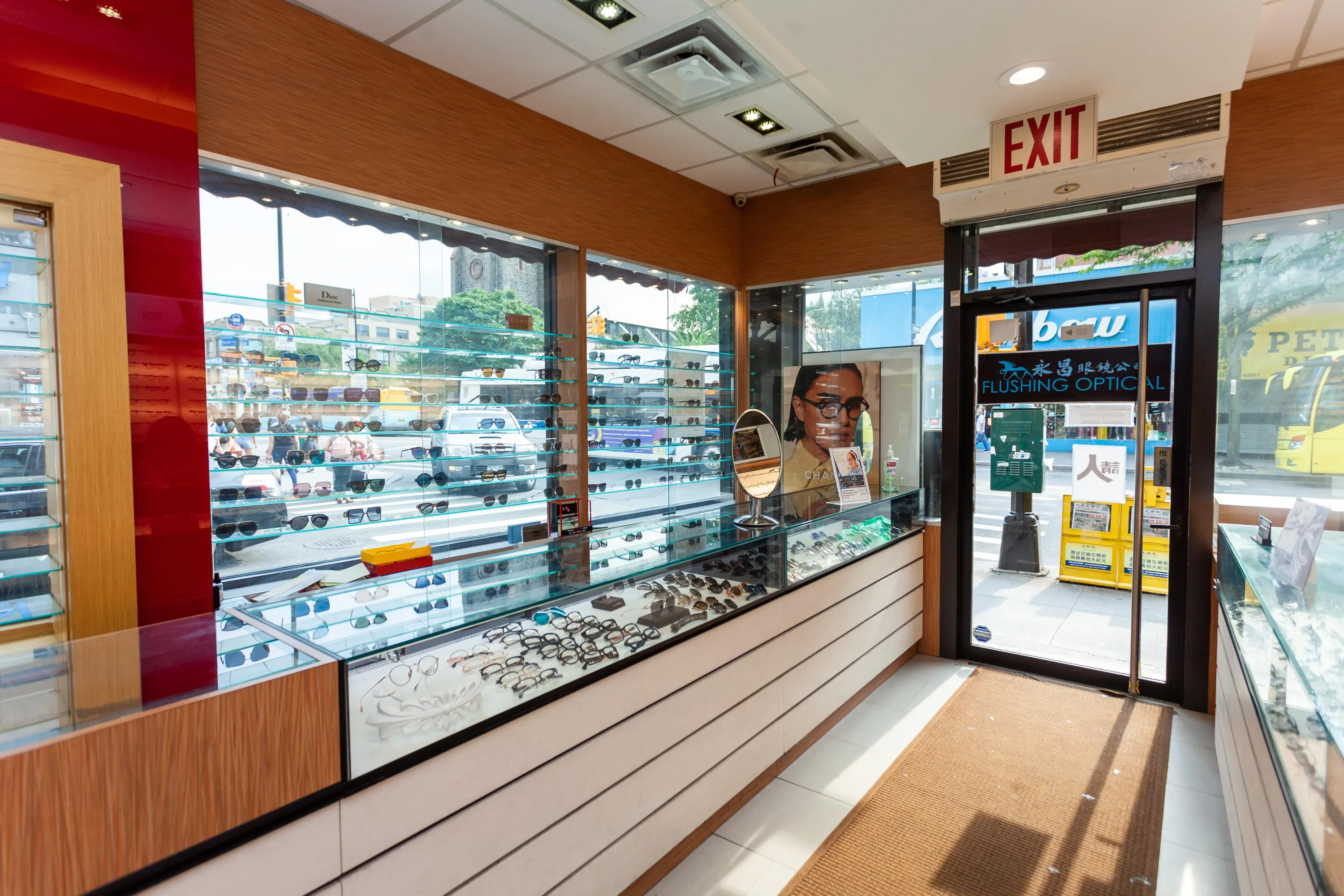
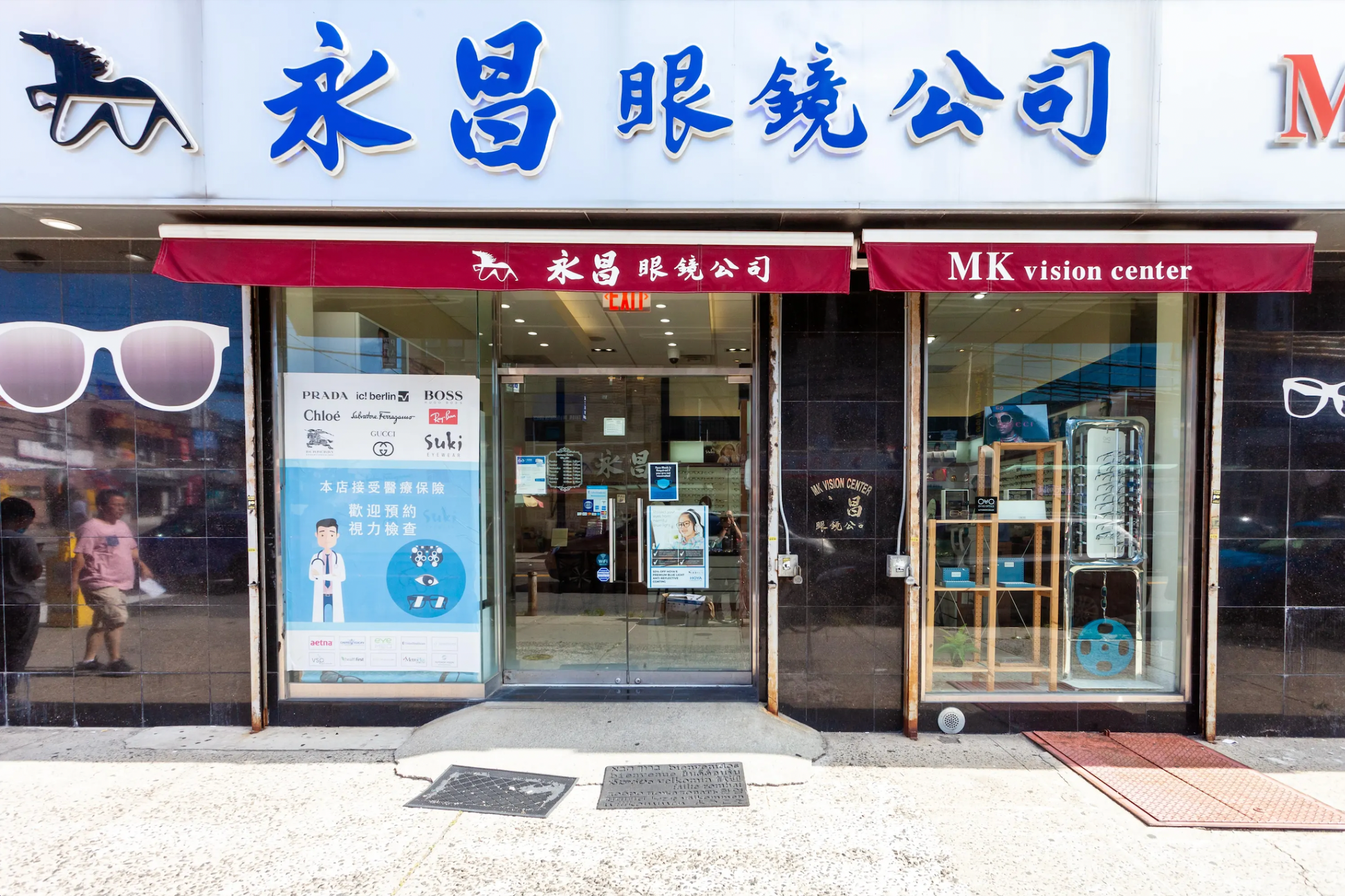
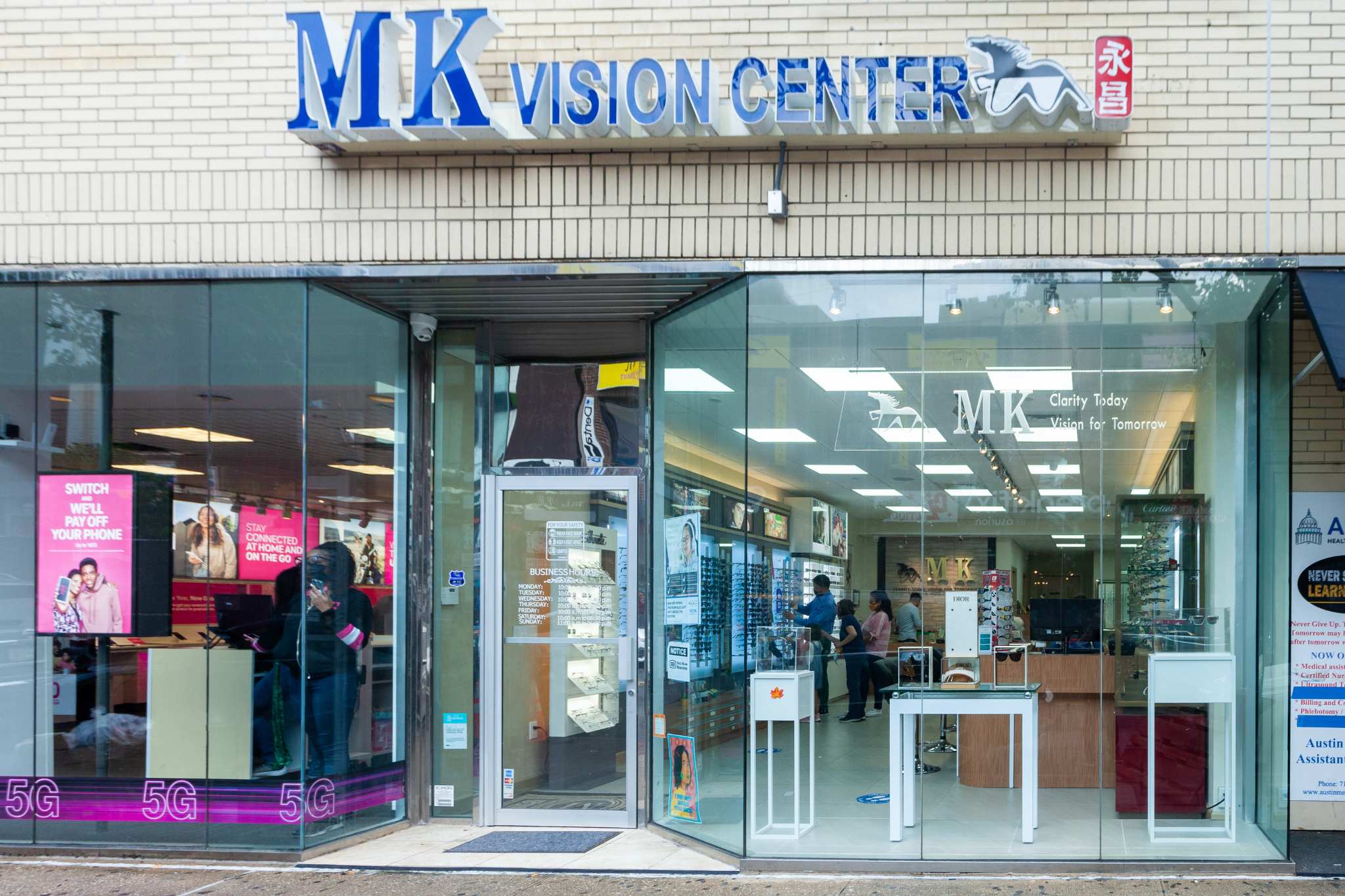
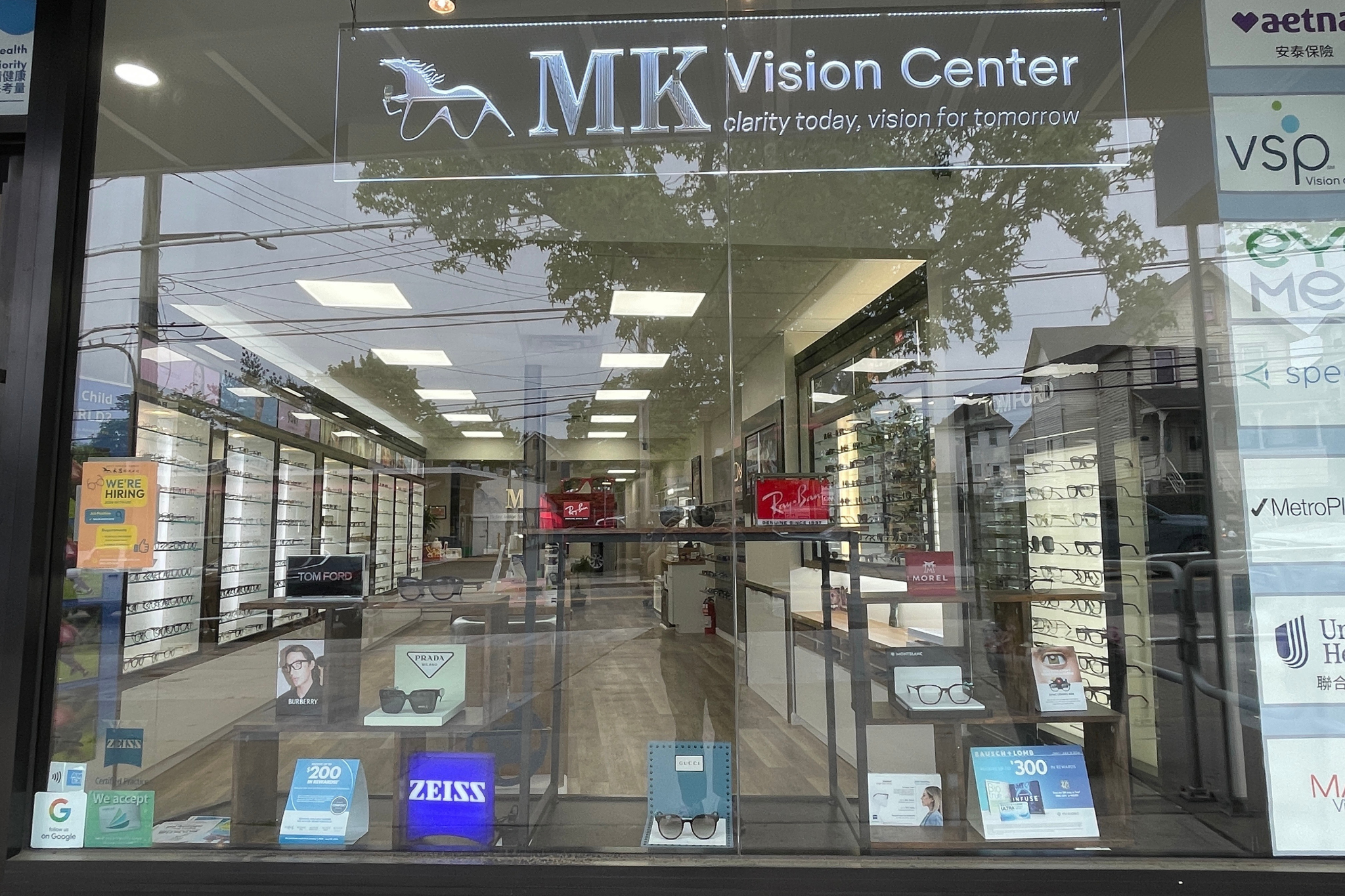



Leave a comment